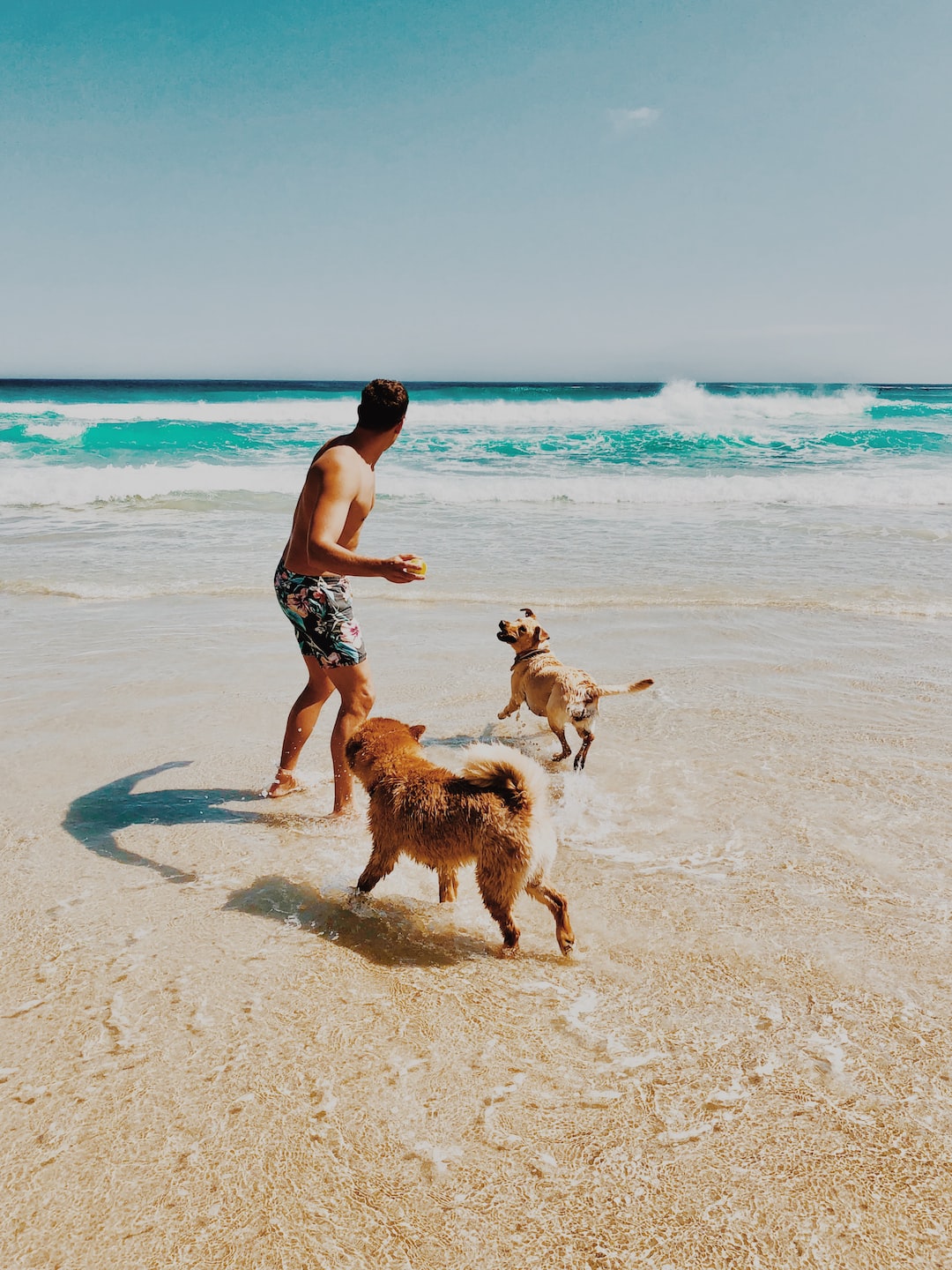Pet-Proofing Your Garden: Tips for a Safe Outdoor Environment
Having a pet brings immense joy and companionship to our lives. Our furry friends are always eager to explore and enjoy the great outdoors. However, it’s crucial to ensure that your garden is a safe and secure environment for your beloved pets. Here are some useful tips to pet-proof your garden:
1. Choose pet-friendly plants: Many common garden plants can be toxic to animals if ingested. It’s essential to choose pet-friendly plants that won’t harm your furry friend if they happen to nibble on them. Some safe options include marigolds, snapdragons, petunias, and sunflowers. Research the plants you have or plan to plant in your garden to determine their safety for pets.
2. Avoid toxic pesticides and fertilizers: If you must use pesticides or fertilizers in your garden, ensure that they are pet-friendly. Many conventional products contain harmful chemicals that can be toxic to animals. Opt for organic or natural alternatives, such as neem oil or compost, to keep your pets safe from accidental exposure.
3. Create designated pet areas: Dogs and cats have different needs when it comes to outdoor spaces. Consider creating dedicated areas for your pets, such as a sandpit for digging or a designated garden bed for them to explore. This way, you can keep them away from areas where they might cause damage to your plants or harm themselves.
4. Install secure boundaries: A well-defined and secure boundary is crucial to ensure your pet’s safety in the garden. Be it a fence or a trellis, make sure it is tall enough to prevent your pets from jumping over or crawling under it. Regularly inspect the fencing to ensure there are no gaps or loose sections that your pet could squeeze through.
5. Remove toxic plants and hazards: Take the time to identify any toxic plants in your garden and remove them promptly. Some common garden plants toxic to pets include lilies, daffodils, azaleas, and tulips. Additionally, remove any sharp objects, such as broken glass or garden tools, that could cause injury to your pets.
6. Provide shaded areas and fresh water: Just like humans, pets need shaded areas to relax and cool off during hot summer days. Create shaded spots in your garden using umbrellas, trees, or even a pet-friendly canopy. Always ensure that fresh water is readily available for your pets, especially during warmer months, to keep them hydrated.
7. Train your pets to respect garden boundaries: Training your pets to respect garden boundaries is essential for their safety and the wellbeing of your plants. Teach them specific areas where they are allowed to play and establish boundaries that they understand. This will help prevent them from trampling over delicate plants or digging up your flower beds.
8. Use pet-safe mulch: Consider using pet-safe mulch in your garden. Some types of mulch, such as cocoa bean mulch, can be toxic to animals if ingested. Opt for safer alternatives like pine straw or cedar chips to ensure the well-being of your pets.
9. Secure ponds and swimming pools: If you have a pond or a swimming pool in your garden, ensure that it is securely covered or fenced off. This will prevent your pets from accidentally falling in and potentially drowning. Remember that not all pets are strong swimmers, so their safety should always be a priority around bodies of water.
By implementing these pet-proofing tips, you can create a safe and enjoyable outdoor environment for your four-legged friends. Providing them with a secure space to explore and relax will allow you to enjoy the wonders of nature together, knowing that their well-being is never compromised.
